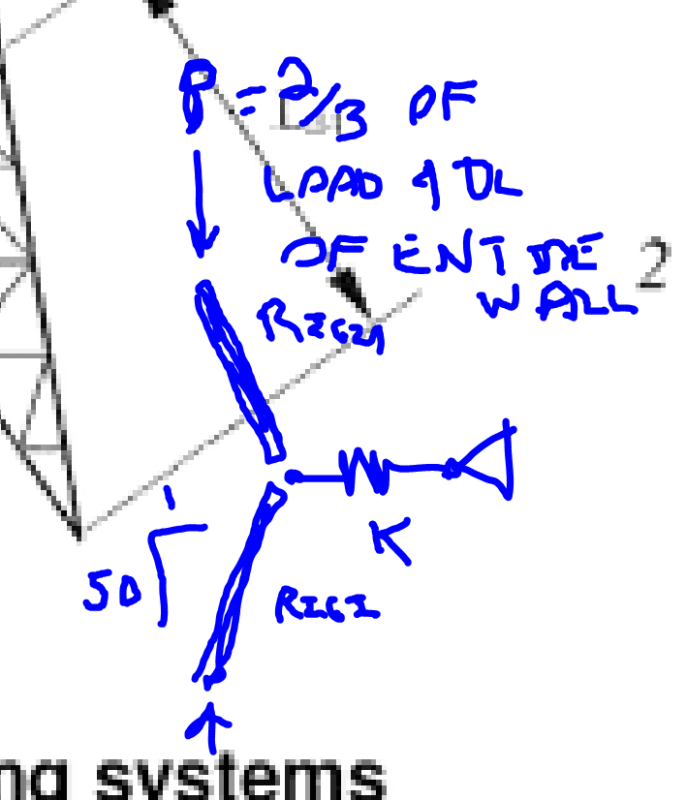Bisbee_Structural
Structural
- Jul 15, 2021
- 17
We are removing an existing floor plate that braces a 12" thick CMU wall in the out of plane direction.
As a result the CMU wall's unbraced length will double and the wall will no longer work for wind loading.
I want to add a horizontal girt to stiffen the CMU wall at the same elevation as the removed floor plate. This girt will allow the unbraced length of the CMU wall to stay unchanged.
I cannot find any stiffness requirements for this girt to ensure it will actually brace the CMU wall- similar to the stability requirements for steel construction in Appendix 6 of AISC 360.
Does anyone have any references or experience with this issue?
Thanks in advance!
As a result the CMU wall's unbraced length will double and the wall will no longer work for wind loading.
I want to add a horizontal girt to stiffen the CMU wall at the same elevation as the removed floor plate. This girt will allow the unbraced length of the CMU wall to stay unchanged.
I cannot find any stiffness requirements for this girt to ensure it will actually brace the CMU wall- similar to the stability requirements for steel construction in Appendix 6 of AISC 360.
Does anyone have any references or experience with this issue?
Thanks in advance!

